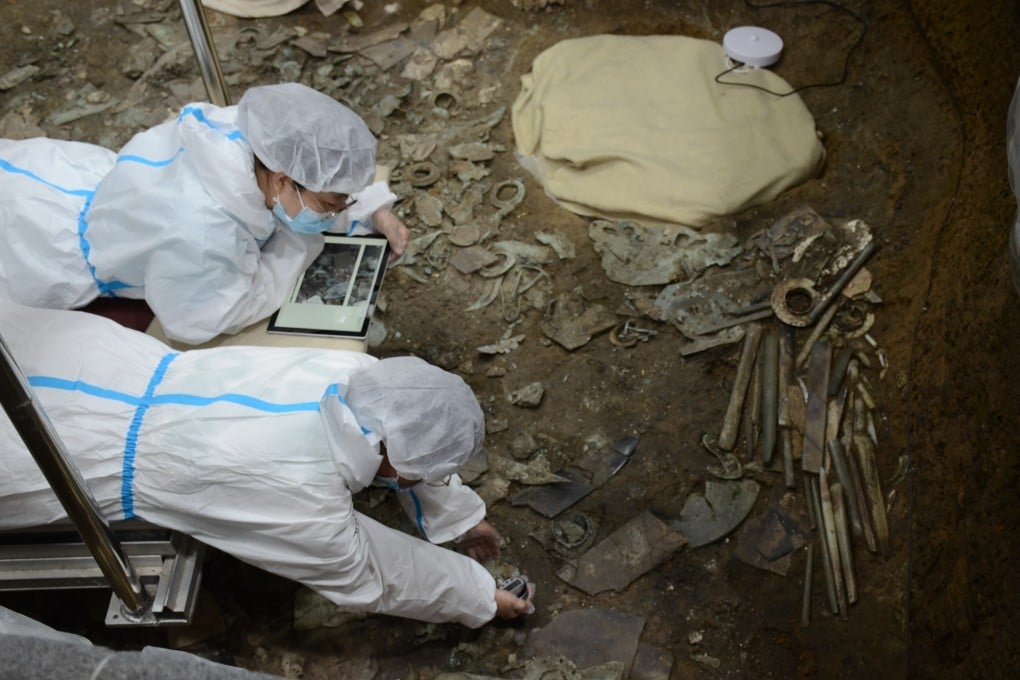How big data could transform archaeology, if only the money would allow it to
- The ability to analyse large swathes of data could offer invaluable insights of ancient civilisations
- For example, a data-mapping project in Xinjiang could be used to learn about the earliest human settlements in ancient China.

The relics at Sanxingdui in southwestern China’s Sichuan province are probably the most high-profile Chinese archaeological finds since the discovery of the Terracotta Warriors in 1974.
As if to highlight the collision between modern technology and ancient history, one of China’s most important internet companies, Tencent, announced in June it would work with the Sichuan Cultural Heritage Administration to “promote the digital protection and inheritance of cultural heritage in Sichuan Province”.
Part of the announcement included a focus on “big data”, an analytical tool that has become increasingly valued, and valuable, in the world of archaeology.
“There was initially a hesitation about digitisation and big data in field work, but that started to change in the 2010s,” said Peter Cobb, an archaeologist at the University of Hong Kong (HKU) who has been at the forefront of working to integrate digital data analysis into archaeology.
“Even now, there are still a lot of people doing traditional ‘paper and pen’ archaeology, and this makes you wonder about the efficient use of our limited resources. We cannot take advantage of big data unless everyone is creating and sharing large digital data sets,” he said.
That mindset has started to shift as more people recognise the value of big data, such as its ability to provide macro-level insights into ancient societies.
